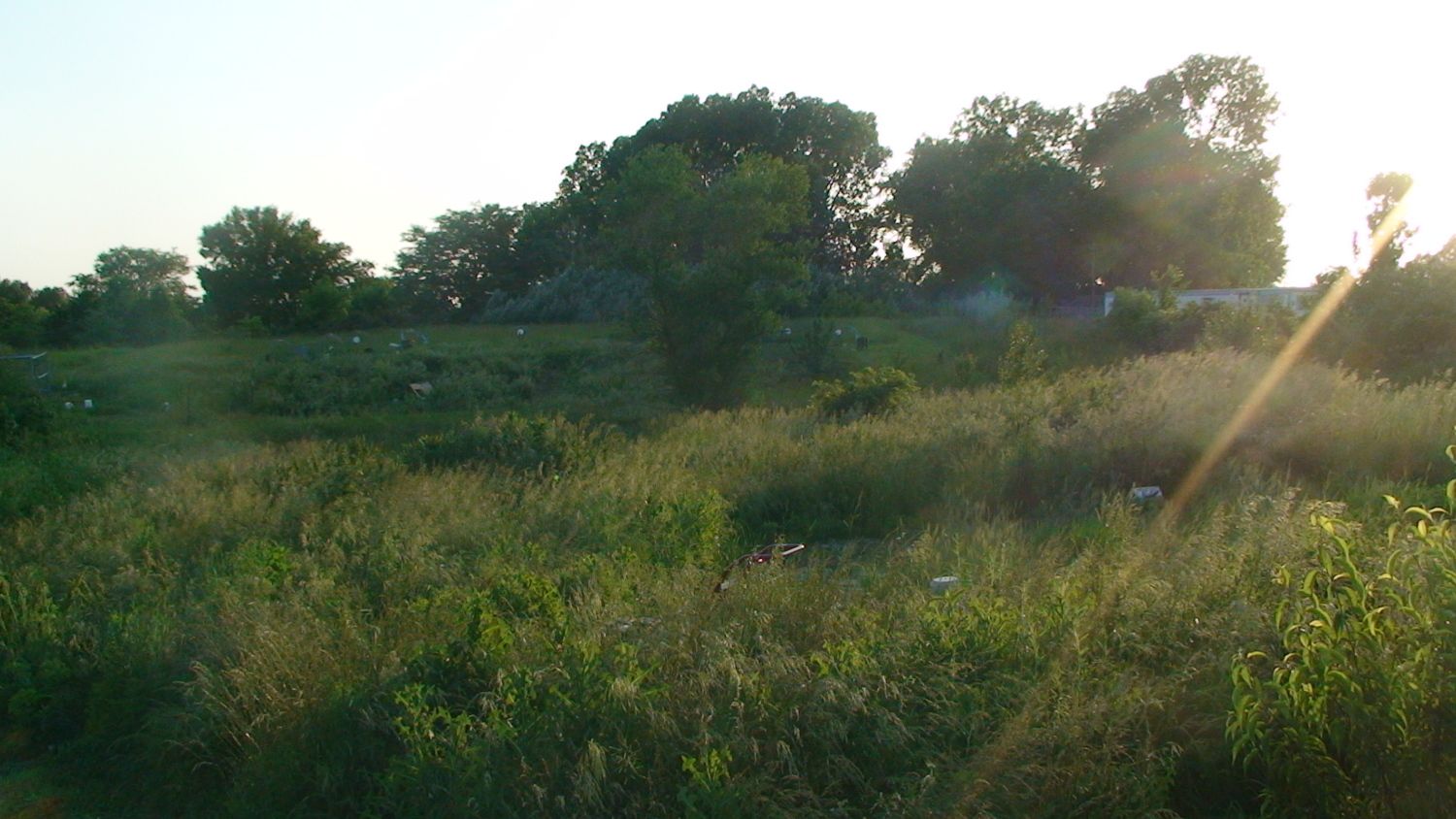I have a long-term goal of keeping a sustainable flock of 20 adult American Dominiques for dual purpose use with minimal connectivity to grid. This mean chicks are to be hen hatched and hen reared. Confinement is to be minimal and possibly seasonal as needed to protect from exteme cold and night time losses to predation. I prefer birds themselves not be confined by fencing. Additionally, nutritional requirements are to be met exclusively by forages available which are limited and seasonally variable as well. My rearing system currently falls short on all accounts. I am going to document process of realizing goal which may take several years.
Forage base will be first challenge. Confinement will not be addressed until forage management system allows birds to meet nutritional requirements without flock ranging off property beyond predator management area.
Forage base will be first challenge. Confinement will not be addressed until forage management system allows birds to meet nutritional requirements without flock ranging off property beyond predator management area.























